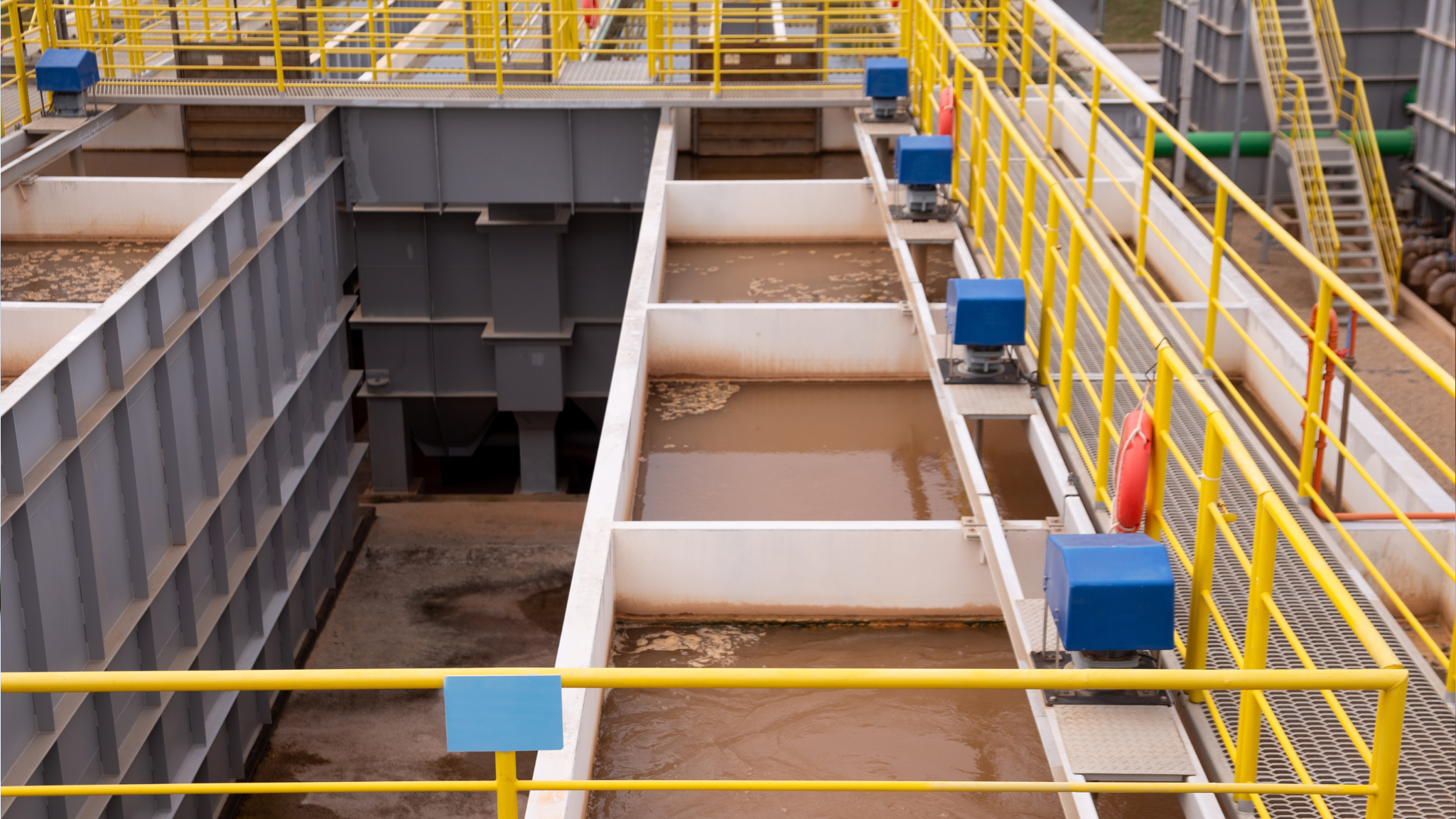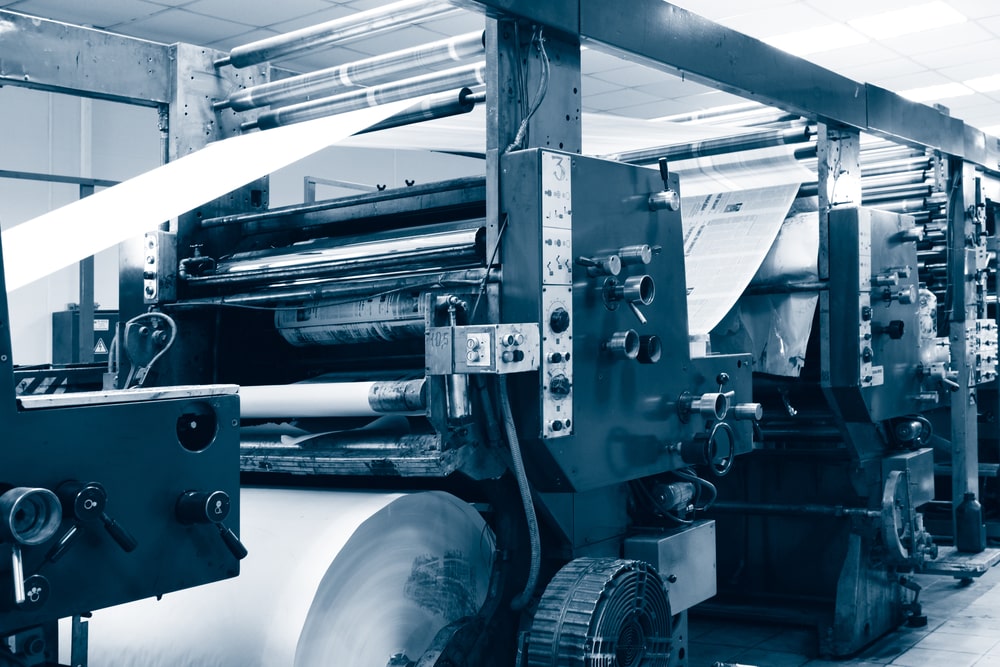Introduction
With an increased rate of industrialization, population growth, as well as environmental pollution, clean water has gradually become challenging to acquire globally. Because of this, engineers in water treatment facilities are supposed to find appropriate technologies for the purification of water and providing more supplies. Reverse osmosis has proved to be one of the most feasible techniques in rejecting contaminants and supplying potable water for various domestic and industrial purposes. The paper intends to develop a comprehensive approach toward the concept of an RO process comprising its basic elements, advantages, and applications for the professional concerned with water treatment.
Table of Contents
What is Reverse Osmosis?
Reverse osmosis is the process meant for water to be passed at very high pressure through a semipermeable membrane so that water may become free from dissolved solids, heavy metals, and impurities. While in natural osmosis, there is the movement or flow of water from low concentration to high concentration, reverse osmosis exhibits this flow of water in a reverse way because of external pressure exerted on the side. This allows the engineers to filter out contaminants at the molecular level, thus making it an effective way of purification.
The RO Need in Water Treatment Plants
- Water Contaminant Disposition: Water pollutants may emanate from heavy metals generally, some industrial wastes, agricultural waste, and certain natural pollutants. These are the kind of pollutants that usual techniques like chlorination or sedimentation cannot remove effectively.
- Demand for Safe Water: Due to the fact that more than 25 percent of the world’s population does not have access to potable water, RO plants have cropped up as a scaling-up platform where water treatment plants supply purified water to cities, industries, and rural areas.
- Industrial Applications: Industries require pure water in manufacturing, pharmaceuticals, and food processing. Reverse osmosis systems ensure these quality standards will be achieved.
Mechanism of Reverse Osmosis
The mechanism of RO is based on three central principles:
- Osmotic Pressure: Water always diffuses naturally from a dilute solution to a concentrated solution through a semipermeable membrane. Hydraulic pressure is applied in reverse to this process in RO.
- Membrane Filtration: Whatever solutes are present in the water—including salts, metals, and organic molecules—the semipermeable RO membrane blocks their paths and allows only purified water to pass through.
- Pressure Pumps: These high-pressure pumps will be required in order to overcome the osmotic pressure and hence push the water through the membrane.
Key Components of an RO System
- Pre-Filters: Larger particles, sediment, chlorine, and such are removed in order to protect the RO membrane.
- Pressure Pumps: These provide the necessary pressure to push water through the membrane.
- RO Membranes: These are the hearts of the system, which have been designed to filter contaminants as small as 0.1 nm.
- Post-Filters: These absorb residual odors, taste, and organic compounds.
- Storage Tanks: Then, purified water is collected in storage tanks for distribution.
RO Benefits to the Engineer

- High Contaminant Removal Efficiency: RO membranes can remove as high as 99% heavy metals, salts, agrochemicals, and pathogens.
- Diverse Applications: RO systems are put to work in the purification of brackish water, seawater desalination, and recycling of industrial wastewater.
- Scalability: The RO plants can be small community water supplies or even large-scale municipal systems.
- Energy Recovery Options: Advanced systems make use of energy recovery devices such as pressure exchangers that may help reduce energy costs by as high as 50%.
- Low Maintenance: The RO systems do have long operational lives, provided the pre-treatment is properly done and the membranes are looked after.
RO System Implementation Challenges
- High Initial Investment: The RO plants need investment in membranes, pumps, and energy recovery systems.
- Energy Consumption: Very high amounts of energy input, up to 3 kWh/m³, which is usually not available in areas with low accessibility of electricity.
- Membrane Fouling: They have to apply pre-treatment methods in order not to face the scaling problem, bio-fouling, and injury to membranes.
- Wastewater Disposal: Brine concentrate generated from RO systems must be disposed of with care to avoid environmental risks.
Applications of RO Technology in Water Treatment
- Municipal Water Supply: RO systems ensure that cities have clean, potable water by removing salts, heavy metals, and chemicals.
- Industrial Water Purification: Food processing, pharmaceuticals, and power plants use RO to assure product quality and prolong equipment life.
- Seawater Desalination: RO is the pioneering methodology for seawater desalination mainly utilized in coastal and arid areas.
- Emergency Water Purification: Portable RO systems come in handy in the case of flooding, earthquakes, and other natural calamities that render clean water.
Best Practices and Maintenance by Engineers
Engineers should carry out the following for optimum life expectancy and efficiency in the RO system:
- Periodic pre-filter and membrane replacements.
- Feed water quality monitoring for preventing scaling and fouling.
- Application of antiscalants and pH adjusters to reduce calcium carbonate scaling.
- The energy recovery devices can be used in order to reduce operating costs.
Conclusion
Reverse osmosis is one of those milestone technologies that have really modernized water treatment plants to further provide better efficiency and deliver clean water. Meanwhile, engineers working at the same time in this very technology are improving RO systems for municipalities, industries, and emergency use in response to the growing shortage of water and its pollution across the world. Due to advances in membrane technology and energy recovery, reverse osmosis is one of the few prospects for securing 21st-century potable water.




